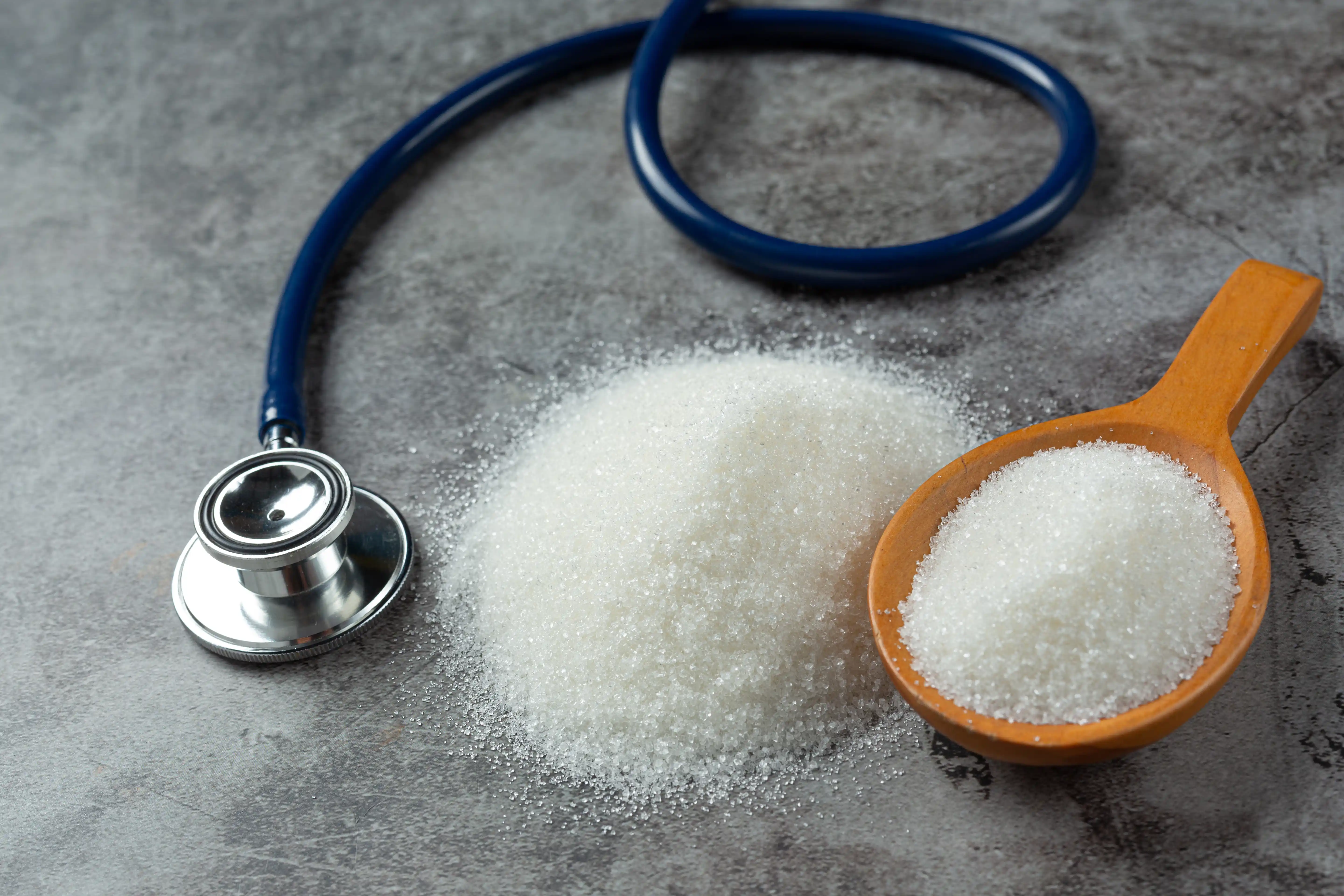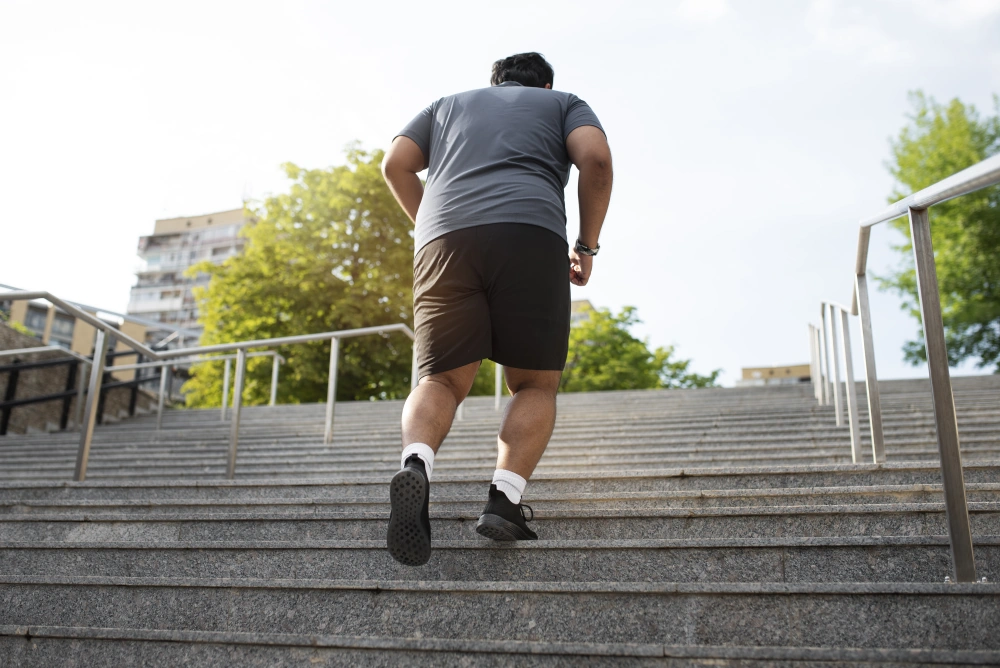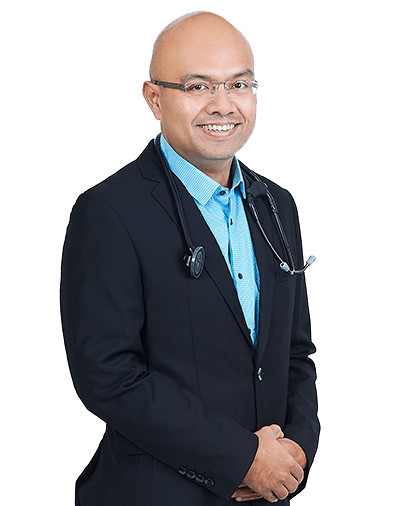
Winning The Battle Against Diabetes
In this article, Dr Saiful Kassim, resident consultant endocrinologist in Gleneagles Hospital Kuala Lumpur explains everything you need to know about diabetes
What are the latest Malaysian trends in the incidence of diabetes?
Malaysia has the highest incidence of diabetes in the whole of South-East Asia. Diabetes in Malaysia has almost reached 1 in 5 increasing from 11.2% in 2011 to 18.3% in 2019. There are several causes for the growth, but the main ones are dietary decisions with an intake of highly refined carbohydrates and a lack of exercise, which cause diabesity (Diabetes-Obesity syndemic). By 2025, 7 million Malaysians are anticipated to have diabetes.
An estimated 95% of all diabetes is due to type 2 diabetes, and 5% is due to type 1 diabetes. However, we tend to forget the iceberg underneath the sea - Pre-diabetes or Impaired Glucose Tolerance (IGT). This can affect 1 in 2 of us and if uncontrolled will eventually be diagnosed to type 2 diabetes.
Diabetes is expensive!
At least 5% of Europe's overall healthcare expenditures are related to diabetes. However, developing nations have had the biggest growth. When compared to a patient without diabetes, a patient's overall life expectancy with diabetes is lowered by 25%.
What are the symptoms of diabetes?
Usually, most type 2 diabetes patients are asymptomatic. As the most common type of diabetes, it behaves like a 'ninja' until the patient experiences complications such as eye disease (diabetic retinopathy), kidney disease (diabetic nephropathy), or foot nerve issues (diabetic neuropathy). Type 2 diabetes has been around for many years. When one starts to get insulin deficiency, this will lead to symptoms such as feeling thirsty, passing a lot of water during the day, and waking up at night to pass water more than twice per night. Other symptoms include weight loss due to loss of insulin secretion.
If one has type 1 diabetes, then one would have the whole gamut of symptoms listed above; weight loss which can happen rapidly, feeling thirsty (polydipsia) and passing a lot of water during the day (polyuria) and night (nocturia). If you have diabetes, most of the time, you will only know when you have a medical checkup, and the doctor checks your A1c (an overall sugar blood test that looks at your sugar control over the last 3 months) and fasting blood glucose. The ones most at-risk are folks with a strong family history in their first-degree relatives such as their siblings or parents. Other risk factors for type 2 diabetes include obesity which leads to insulin resistance.

Diabetes derives from the Greek term "syphon," which refers to how the fluid exits the body through the man's body rather than staying there
Causes of diabetes, risk factors, and reversibility
There are many causes of diabetes as there are many types of diabetes. Genetics and auto-immune disease can be significant risk factors for the development of type 1 diabetes. The latter is caused by the autoimmune destruction of insulin-producing beta cells of the pancreas resulting in absolute insulin deficiency.
Type 2 diabetes is usually a disease of the middle-aged or elderly though now we see many much younger patients. Type 2 diabetes is now becoming a problem in children, with an increasing frequency that is paralleled by increasing childhood obesity. Type 2 diabetes is caused by both impaired insulin secretion from the pancreas and “resistance” to the action of insulin at its target cells. It’s mainly driven by an obesogenic environment that encourages underactivity and snacking and eating large portions of refined carbohydrates such as cereals, chocolates, white rice, and white bread et al.
One can “reverse” diabetes; but Endocrinologists prefer to call it “remission” of diabetes as similar in ilk to other chronic medical conditions, diabetes can “recur” in the future if diet and exercise are not followed.
The ideal way to get diabetes into “remission” is to review the diet and exercise regimen and to see a doctor to start on appropriate medications to control the blood glucose and reduce obesity as a risk factor of diabetes.
How can I treat diabetes? Must I go on insulin? What are some of the latest medications and treatment options?
The starting point of treatment of type 2 diabetes is diet and other modifications of lifestyle such as exercising 30 minutes daily 5 days a week and stopping smoking.
The main aims are not to only reduce the weight of patients with diabesity and improve glycaemic control, but also to reduce risk factors for heart diseases such as high cholesterol (hyperlipidaemia) and hypertension which account for 70-80% of deaths in type 2 diabetes.
We use the latest medications that also assist in reducing cardiovascular risk or heart attack risk as well as reduce heart-related death rates and reduce kidney disease risk or what we call the cardio-renal-metabolic continuum. These medications are called SGLT-2 inhibitors which make you pee out 300 kcal/day of sugar in the urine; in which the calorie loss in the urine leads to some appreciable weight loss.
This is a brilliant medication which is now used by Nephrologists to reduce the risk of kidney disease progression and Cardiologists to reduce the risk of heart failure regardless of if the patients even have diabetes. We also have new medications called GLP-1 receptor agonists which also help to reduce weight as well as reduce the risk of heart disease and mortality risk. This is a crucial armamentarium to manage obese patients with diabetes and the latest version can reduce weight by 16.8% from studies done to date.
The starting point of treatment of type 1 diabetes is insulin as these patients are insulin deficient. Sometimes, one can still be in a honeymoon period with some remaining insulin secretion from the pancreatic beta-cells but as time progresses, that insulin secretion will diminish. Therefore, insulin is lifesaving for type 1 diabetes. Interestingly, it’s now 101 years since the discovery of insulin by Banting & Best in Canada for which the Nobel Prize was awarded.
What is the suggested lifestyle for Diabetes? How do I need to change to control my condition?
The dietary recommendations are essentially the same for type 1 and type 2 diabetes. Indeed, one has to follow a healthy eating plan such as quenching thirst with water and other low-calorific drinks such as barley and avoiding sugary drinks like our Teh Tarik. Eating regular meals and avoiding fried and sugary foods, eating as advised 5 portions of fruit and vegetables a day. One is best advised to avoid tropical fruits which are high in sugar and keep to the “greens” such as guavas and kiwis.
Have high fibre and low glycaemic index foods including whole grains, legumes or brown rice or basmati rice. Rice should always be considered as the side order/dish and not the main part of the meal which is what we do in Malaysia. Limit consumption of high glycaemic index starchy foods such as roti canai, mashed potatoes and white bread.
Be aware of the portion size of the meal, especially when eating out in the restaurant and stop eating when 80% full; please do not overeat or eat after 8 pm (within 4 hours of sleep)
For snacks in between meals, avoid convenience foods such as biscuits, cakes which are high in saturated and trans-fats and salt which is bad for your heart. Use nuts and low-calorie and high-fibre fruits such as the berries family and green apples et al.
2-3 servings of fish per week are recommended as fish oils are rich in n-3 fatty acids and lower triglyceride levels and this fish intake is associated with less cardiovascular disease in diabetes.
Be careful of “diabetic” foods that contain sorbitol or fructose as a sweetener which is unrecommended.
Stopping smoking is crucial if you have diabetes as it is as effective as reducing heart disease in diabetes as reducing cholesterol and controlling blood pressure and glycaemic control.
Exercise should be tailored to the individual patient, according to the physical condition and lifestyle. Simple advice would be as above:
- 30 minutes per day for at least 5 days per week
Resistance exercises such as weightlifting performed 2-3 times per week provide extra benefit over aerobic exercise in diabetes. Regular exercise can reduce long-term mortality by 50-60% in type 2 diabetes patients compared to patients with poor cardio-respiratory fitness.
Written by
Dr Saiful Bahari Kassim
Consultant Endocrinologist and Head of the Department of Endocrinology
Gleneagles Hospital Kuala Lumpur











